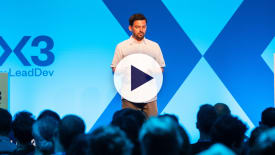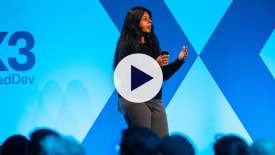This talk explores the engineering challenges and key decisions involved in scaling LinkedIn’s search infrastructure, focusing on architecture, scalability, and resilience at massive scale.
In this talk, I’ll walk through the journey of scaling LinkedIn’s search infrastructure, highlighting the key engineering decisions and challenges faced along the way. As one of the largest and most complex search systems in the world, LinkedIn’s infrastructure supports millions of users and billions of queries each day – while maintaining low latency, high availability, and scalability.
I’ll cover the technical decisions made in designing and evolving the system, including tool selection, framework choices, and architectural patterns that enabled LinkedIn to scale its search capabilities in response to growing data and user demands. From designing distributed systems to optimizing indexing, query handling, and storage, I’ll share the trade-offs involved in ensuring reliability and performance at scale.
Beyond the technical aspects, I’ll also discuss the organizational and team dynamics that come with scaling such a large system. This includes aligning cross-functional teams, coordinating across engineering groups, and making decisions that balance immediate execution with long-term vision for the platform.
Key takeaways
- Key engineering decisions and challenges when scaling large-scale search infrastructure.
- Best practices for designing and optimizing distributed search systems.
- How to balance performance, scalability, and reliability in high-demand platforms.
- Strategies for aligning cross-functional teams in large-scale infrastructure projects.
- Lessons learned from building and evolving search systems to support millions of users.





